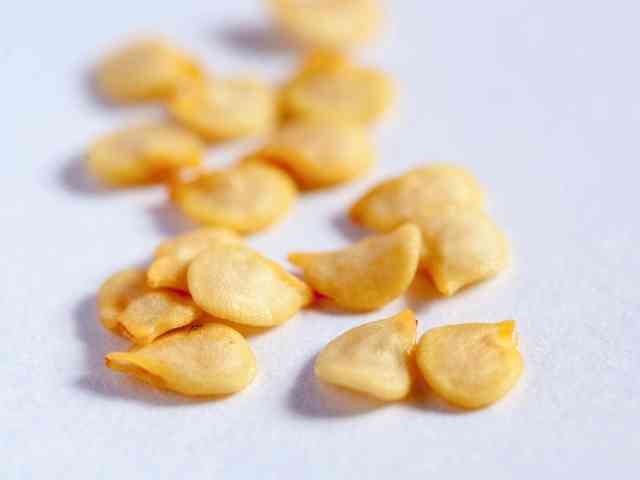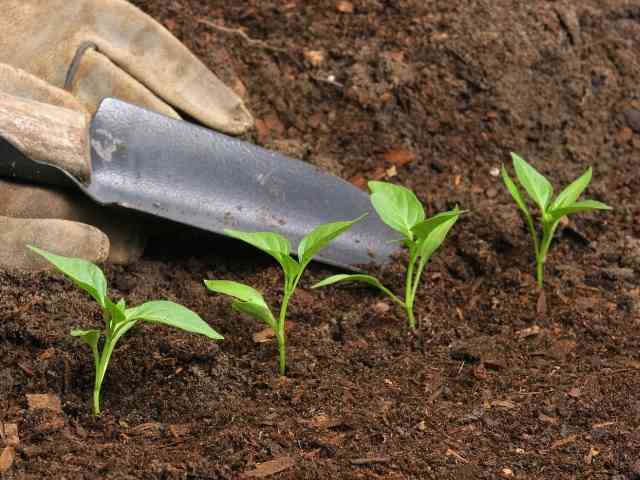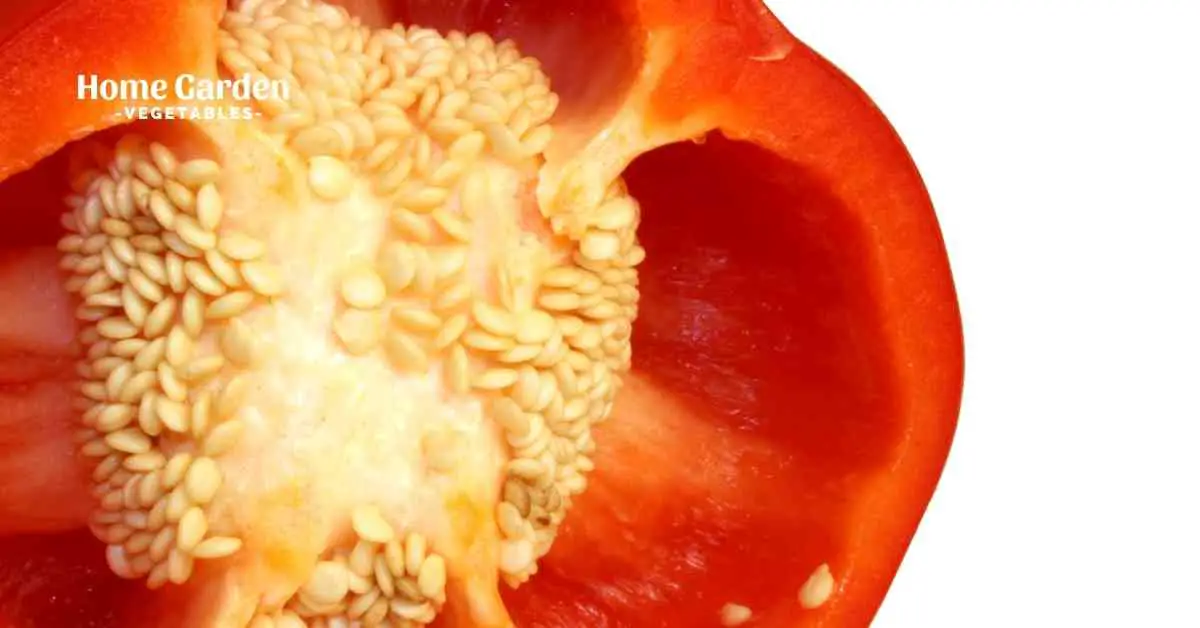Growing sweet peppers at home is a simple yet rewarding process. In addition to the ever-popular green-to-red bell peppers, there are bells of all sizes and hues as well as other specialty sorts to pick from.
Next year, if you’re producing bell peppers because you love them, you may want to explore adding a particular variety. When it comes to tempura, Japanese shishito peppers are a terrific choice, as are the sweet small snack peppers that youngsters enjoy.
Reader Poll: What online courses would interest you?
All sweet peppers are wonderful, but the ‘Corno di Toro’ variety is among the best. They may be used in salads, roasted, or sauteed.
Peppers have a reputation for being difficult to cultivate, although their cultural needs are quite similar to those of tomatoes. Check out the following information if you’re ready for some pepper success.

The Warm Earth Helps Seedlings To Sprout
Planting seeds for peppers should be done inside since the seeds are tiny and need a lot of heat to sprout. Plan to start your pepper seedlings at least eight weeks before the weather has stabilized and the risk of frost has gone in your region.
Subscribe to our newsletter!
Using a seed starting mix, scatter seeds 14 inches apart and 14 inches deep on shallow soil. Ensure that the mixture is moist but not drenched. Use a seedling heat pad to maintain the seedling soil temperature between 80°F and 90°F until the seedlings germinate. Once your seedlings are well-established, you may lower the temperature to 70°F.
When you start your peppers close together in shallow flats, you may save valuable heat-mat area, but after your peppers acquire their first true leaves, they’ll need more space to expand.
Roots will be able to thrive in 4-inch pots or 50-cell flats when transplanted. A four- to six-week supply of fertility may be expected from a starter mix based on compost. Plan to fertilize after the first week if you’re using a medium that doesn’t include compost. Don’t overfertilize or “burn” your plants by using an organic fish fertilizer with moderate nitrogen levels.

Provide A Soft Landing For Your Garden’s Plants
When it’s time to harden off your seedlings, keep an eye on the weather. Ensure there is no risk of frost and that overnight temperatures are relatively warm and consistent before you transplant. For the first few days, bring flats outdoors during the day and bring them back inside at night. The plants may remain outside overnight after three to four days if the temperature doesn’t dip below 40°F.
Ideally, the plants should have a few buds that have yet to open. Be sure to remove all of the open blooms and tiny fruits from the plant before relocating it. Grow large and generate a nice harvest is what we’re aiming for. Early fruit production may be compromised if seedlings are transplanted with fruits.
Transplant your peppers 12 to 18 inches apart in rows 24 to 36 inches apart once the threat of frost has gone. To lessen transplant shock and get the seedlings off to a healthy start, use an organic fish-based fertilizer solution to immediately water the plants. Neptune’s Harvest, which has an NPK ratio of 2-4-1, is one of my favorite fertilizers.
The fact that peppers are a heat-loving crop necessitates the use of agricultural plastic and wire hoops to support floating row coverings. To protect the pepper blossoms from wind damage, wire hoops must be utilized to keep the row cover from suffocating the plants’ outer leaves. Row coverings and plastic mulch speed up the development of crops, resulting in earlier harvests. To avoid bloom drop, remove the row covers when the daytime temperature reaches 85°F.
Peppers need fertile, well-watered soils, but excessive nitrogen may lead plants to produce a lot of foliage growth and little fruit. While staking pepper plants isn’t always essential, keep in mind that unsupported plants may lodge, exposing their fruit to soil or mulch and so increasing their susceptibility to rotting and disease (above). While trapped plants are exposed to the sun’s rays, their fruits will also be at risk. It’s best to stake a fallen plant as soon as possible.
Avoid letting your pepper plants go too long without water, particularly when the fruits are maturing. Keep soil moisture levels stable during dry months by irrigating regularly. There are several benefits to using drip irrigation, such as saving money and lowering the risk of disease on your plants.
Keep Pests And Illnesses At Bay
A wide variety of diseases and pests afflict pepper plants, and they are specific to each location. For detailed information regarding pests in your area, contact your local cooperative extension agent.
Dipel and other Bt-containing treatments may be used to combat cutworms on seedlings, such as paper collars. Bt may also be used to control the European corn borer and the corn earworm, both of which can burrow into fruit. Organic, a pyrethrum-based treatment, may be used to manage aphids, tarnished plant bugs, and flea beetles.
To avoid BLS, it’s best to avoid areas with excessive humidity. Lesions on infected leaves appear as little brown patches that may grow up to 1/8 of an inch in diameter. Raised and corky lesions are common on fruits. In extreme circumstances, pepper plants defoliate, resulting in the loss of the whole harvest. To prevent the spread of BLS, you should rotate crops, use drip watering, and use seeds from reliable seed sources.
Inadequate calcium intake during fruit growth causes blossom end rot. A soil test can establish whether there is a shortfall in calcium in the soil, and you may then amend the soil appropriately. Blossom end rot is made more likely by fluctuations in moisture levels, which is why regular watering is recommended.
Pick Peppers When They Are Still Green Or When They Are Fully Mature
This is where the fun begins! It’s possible to pick peppers before they’ve fully ripened often green, but sometimes other colors. Sweeter and richer in vitamin C, mature peppers are better for you than unripe ones. Pepper plants will produce more peppers if they are harvested often.
By eating them, slicing them into salads, and incorporating them into your favorite dishes, you can make the most of your bounty.
Conclusion
Tomatoes are the top choice among home gardeners, but peppers are a close second. Spot-plant them throughout the garden to provide a burst of color and texture to the overall landscape. If you reside in a warm climate, such as the southern United States, you may start your seeds in your garden immediately.
The “direct-sow” approach is used here. If you don’t live in a tropical or subtropical region, but you do have a greenhouse, would you mind sharing? The sun’s warmth and natural light will help you germinate your seeds in this method.

